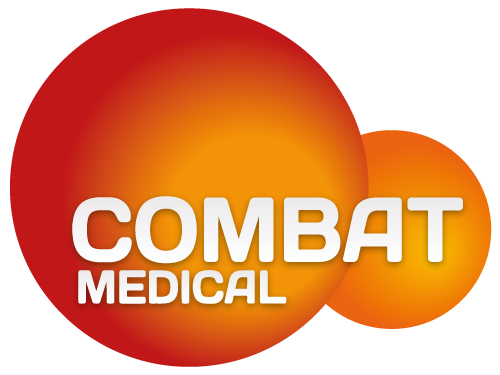Combat Medical’s HIVEC® (recirculating hyperthermic intravesical chemotherapy) system, utilising mitomycin C (MMC), offers a compelling alternative to Bacillus Calmette-Guérin (BCG) for treating high-risk, non-muscle-invasive bladder cancer (NMIBC). As a bladder-sparing therapy, HIVEC® is also a significant option for patients who are BCG-unresponsive, providing an alternative to radical cystectomy. Our HIVEC® system offers a safe and efficacious treatment option, particularly in light of ongoing BCG shortages and the need for alternatives in terms of available treatments for NMIBC.
Bladder cancer remains the seventh most commonly diagnosed solid tumour worldwide, with approximately 75% of cases classified as non-muscle-invasive. For high-risk NMIBC, the standard treatment has been intravesical BCG therapy. However, recurrence rates post-BCG treatment are concerning, with around 50% of patients experiencing recurrence within five years. For these patients, the recommended next step is often radical cystectomy, a procedure associated with significant morbidity and a substantial impact on quality of life. Many patients, therefore, either refuse or are unfit for such extensive surgery. This highlights an unmet clinical need for effective, bladder-sparing treatments.
The HIVEC-HR pilot phase II randomised clinical trial provided robust data on the efficacy of the HIVEC® system. (Guerrero-Ramos et al. World Journal of Urology, 2022, https://pubmed.ncbi.nlm.nih.gov/35037963/). Post-transurethral resection of bladder tumour (TURBT), 50 patients were randomised to receive either HIVEC® or BCG. The HIVEC® treatment involved 40mg MMC instilled with the Combat BRS system for 60 minutes at 43°C ±0.5°C in weekly installations for six weeks, followed by monthly installations for six months. The BCG regimen consisted of 50mg instilled weekly for six weeks, then weekly for three weeks at 3, 6, and 12 months.
The trial’s primary endpoint, recurrence-free survival at 24 months, was significantly higher for HIVEC® patients, with a rate of 95.0% in the per-protocol analysis compared to 75.1% for the BCG group (p = 0.064). Secondary endpoints also favoured HIVEC®, including a progression-free survival of 100% versus 75.1% for BCG (p = 0.018) and an overall survival rate at 24 months of 91.5% for HIVEC® compared to 81.8% for BCG. Time to recurrence was also longer for the HIVEC® group, at 21.5 months versus 16.1 months for BCG.
These results highlight the advantages of the HIVEC® system as a bladder-sparing alternative to BCG. The system enhances drug delivery and penetration into the bladder, improves chemotherapy efficacy through hyperthermia, and triggers local anti-cancer immune reactions. These mechanisms contribute to its superior clinical outcomes.
The effectiveness of HIVEC® extends beyond high-risk NMIBC. For patients with BCG-unresponsive NMIBC, the HIVEC® system provides a viable alternative to radical cystectomy. A study published in Urologic Oncology by Pijpers et al. (2021) analysed retrospectively collected data from 56 patients who received five or more HIVEC® installations with the Combat BRS system. The study reported a two-year high-grade recurrence-free survival rate of 35%, with only one severe adverse event. The authors concluded that HIVEC® is a well-tolerated and safe bladder-sparing treatment, presenting an alternative for patients who refuse or are unfit for radical cystectomy.
In the context of global BCG shortages and the need for effective bladder-sparing treatments, the HIVEC® system stands out. Its proven efficacy in reducing recurrence and progression rates, coupled with its safety profile, makes it a great option for NMIBC patients. For those unresponsive to BCG, HIVEC® offers hope and an improved quality of life without the need for radical surgery.
Combat Medical’s HIVEC® system, through its innovative use of hyperthermia and mitomycin C, is set to become a mainstay in the treatment of NMIBC, addressing a critical gap in bladder cancer therapy and providing patients with a viable, bladder-sparing alternative to traditional and more invasive treatments.

